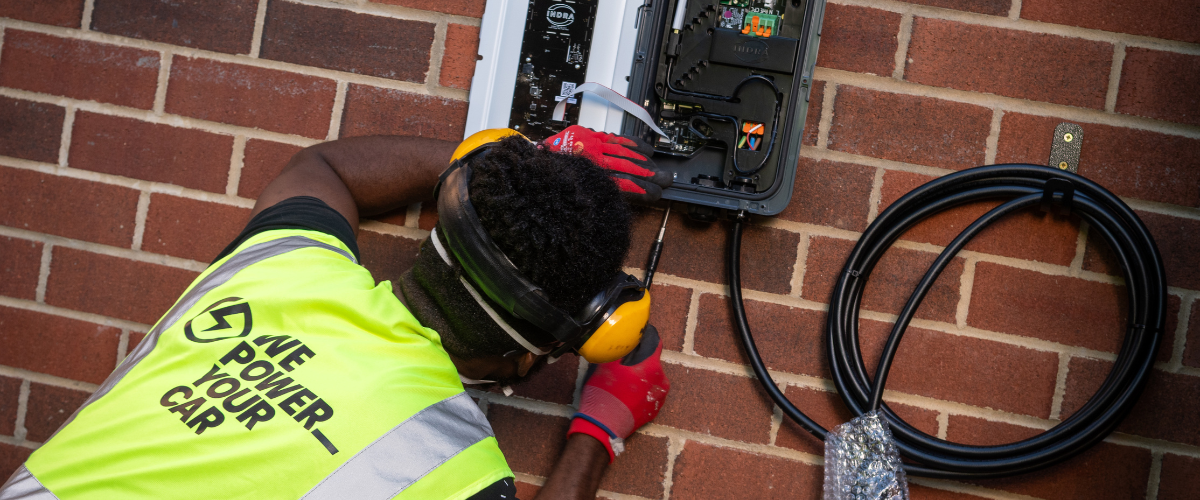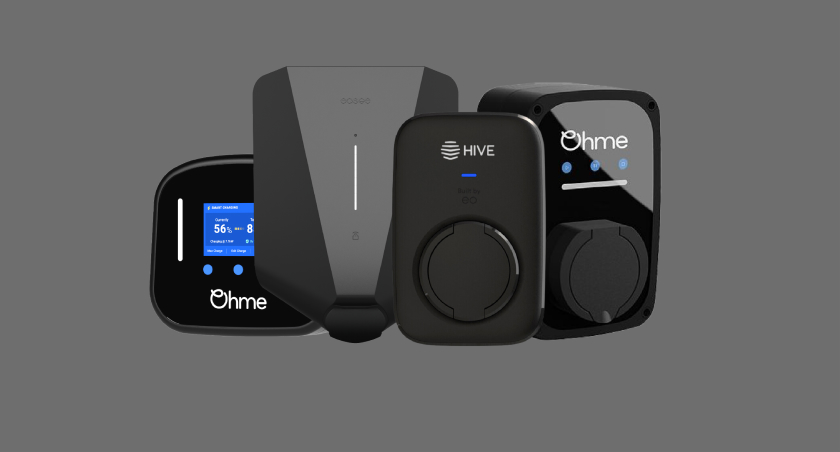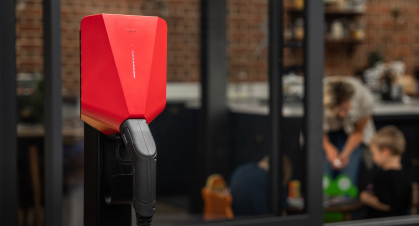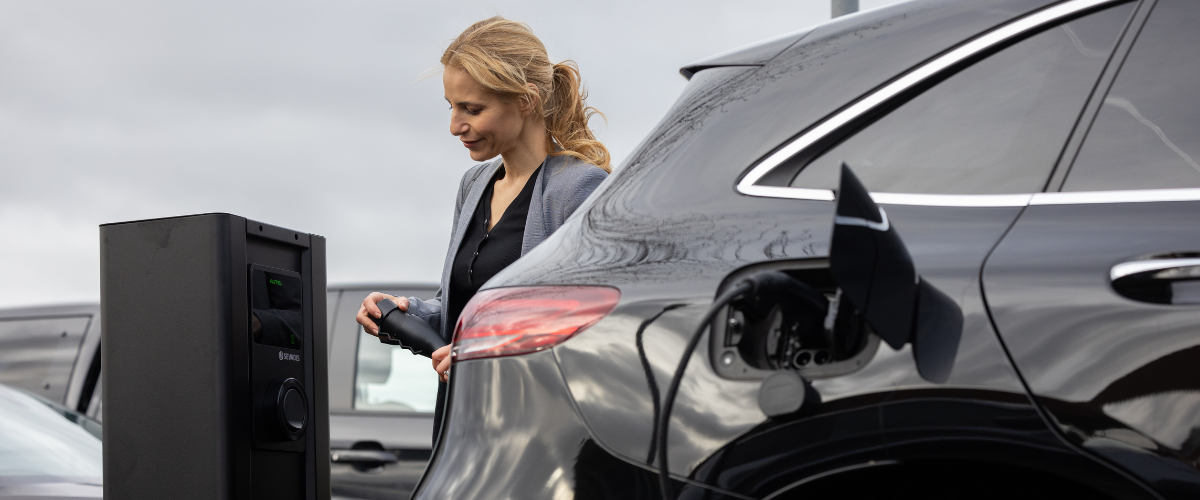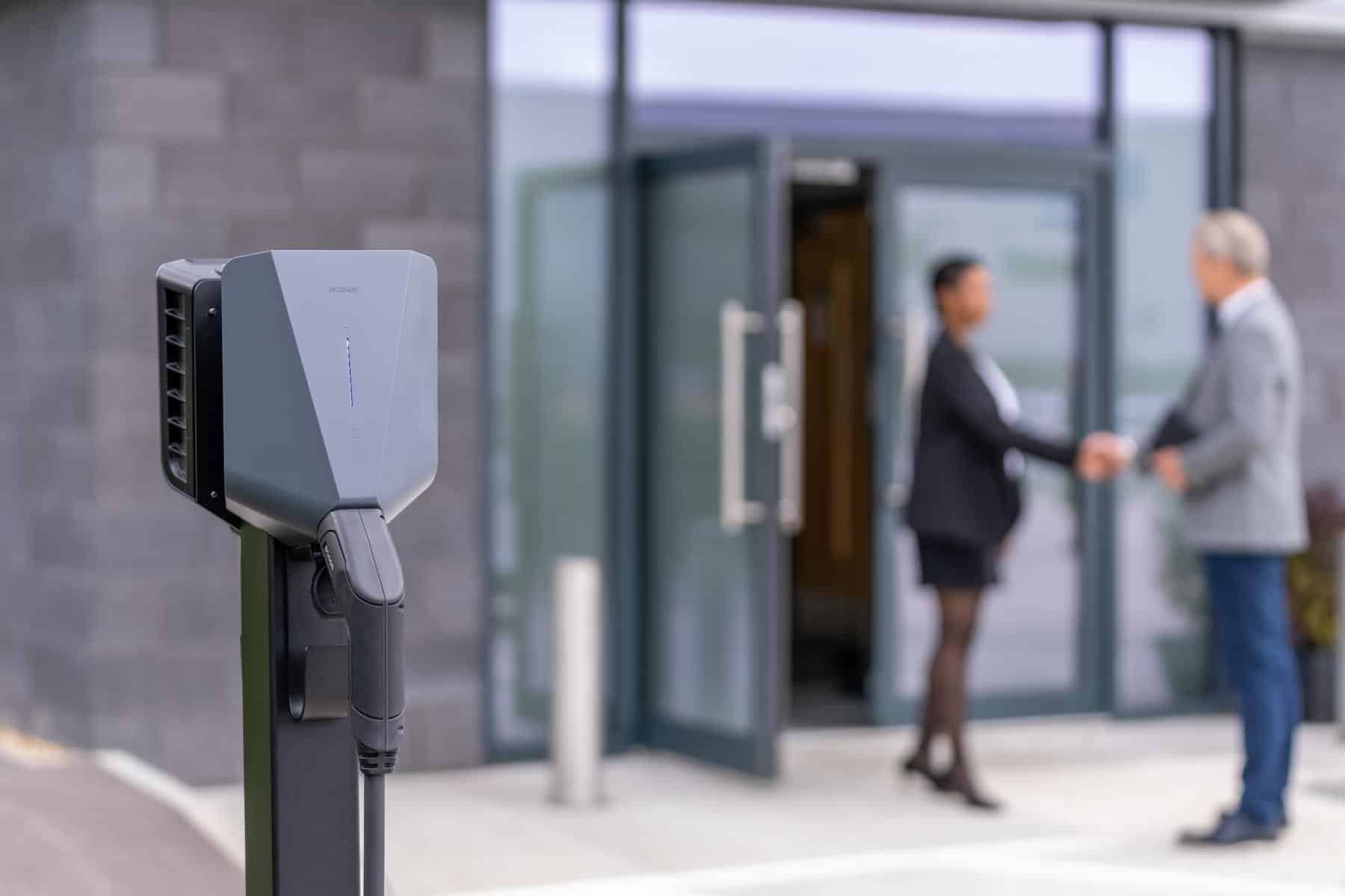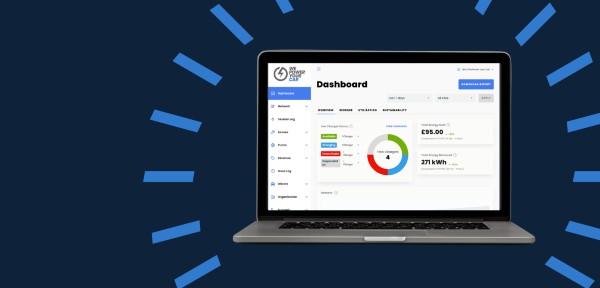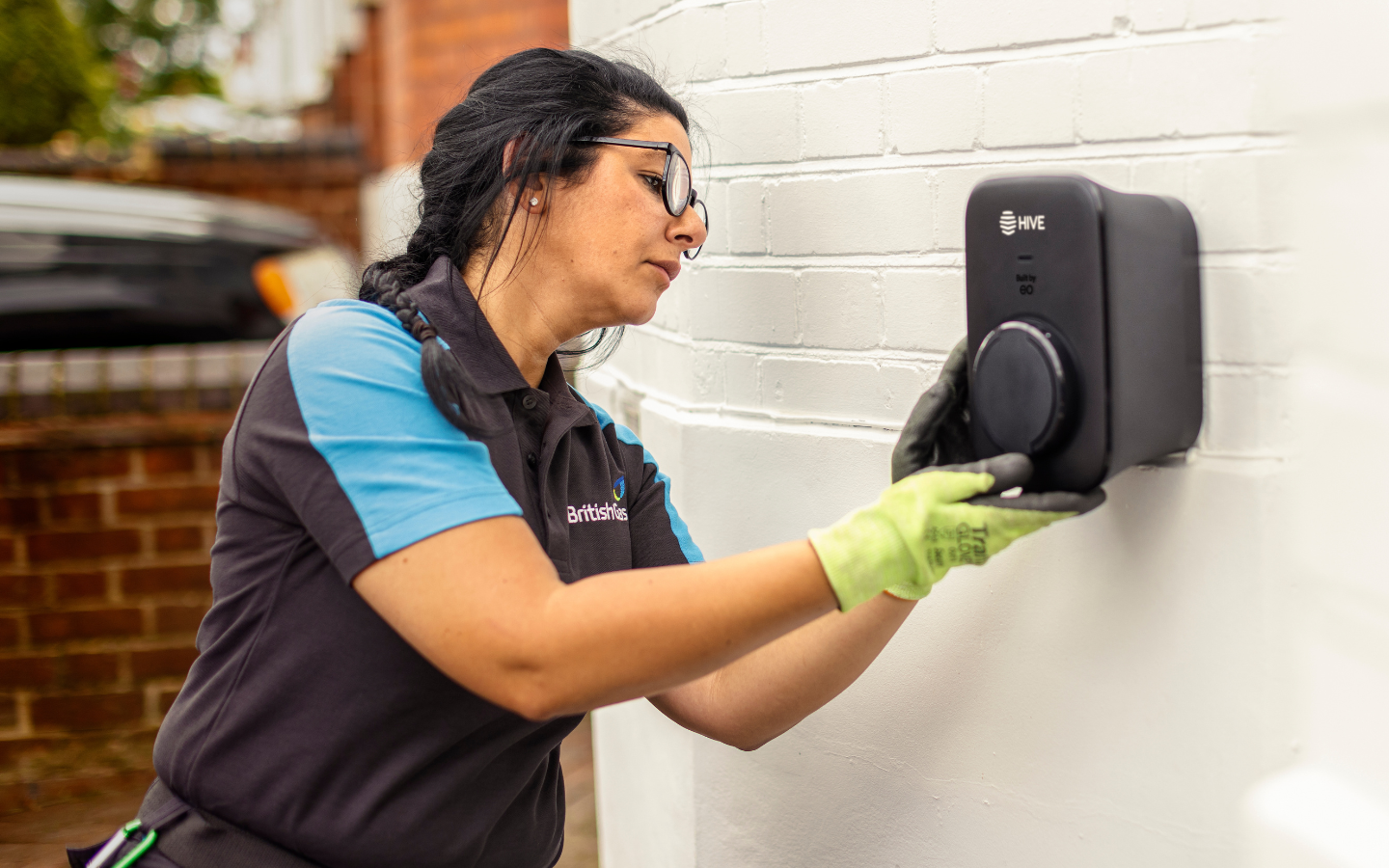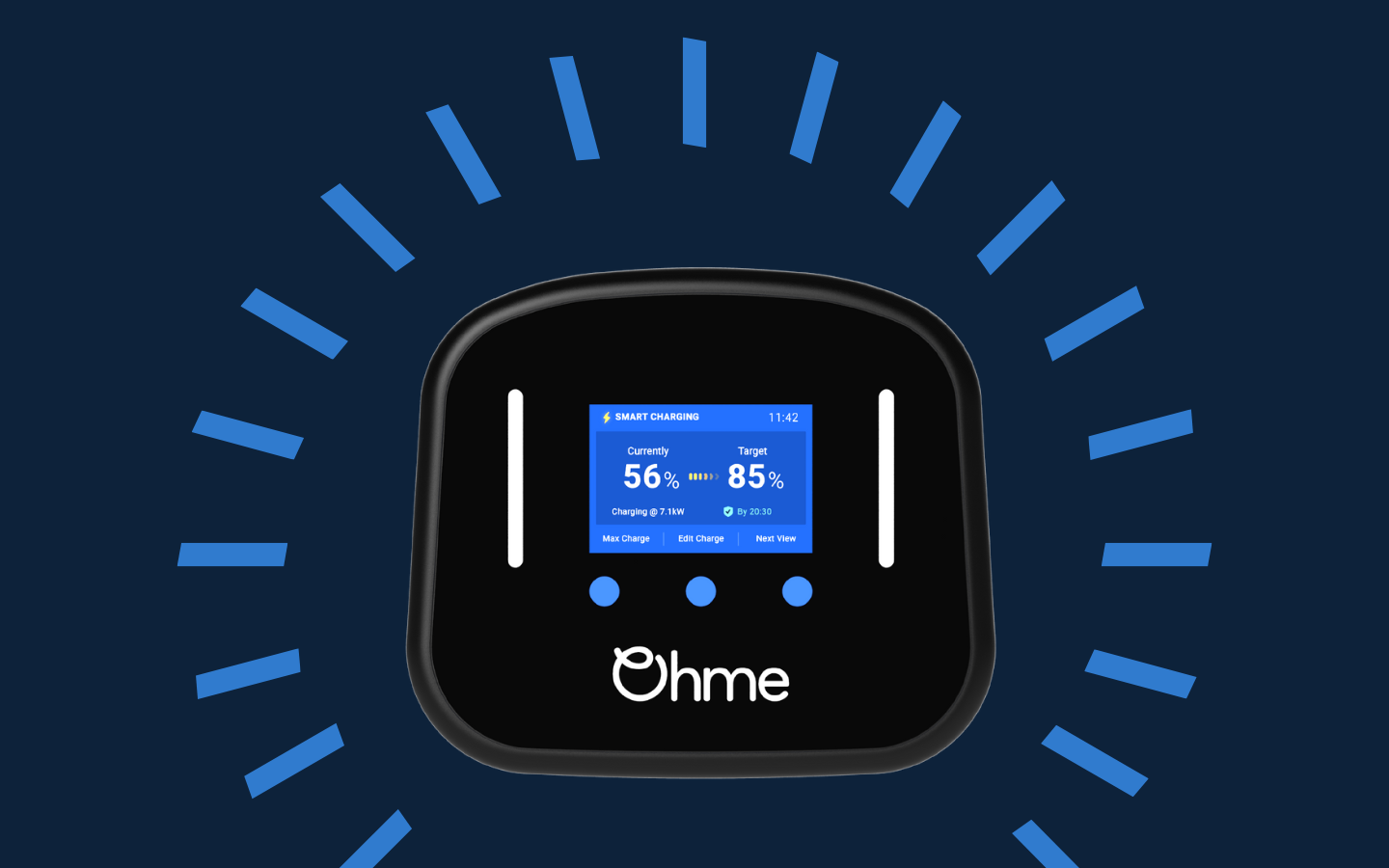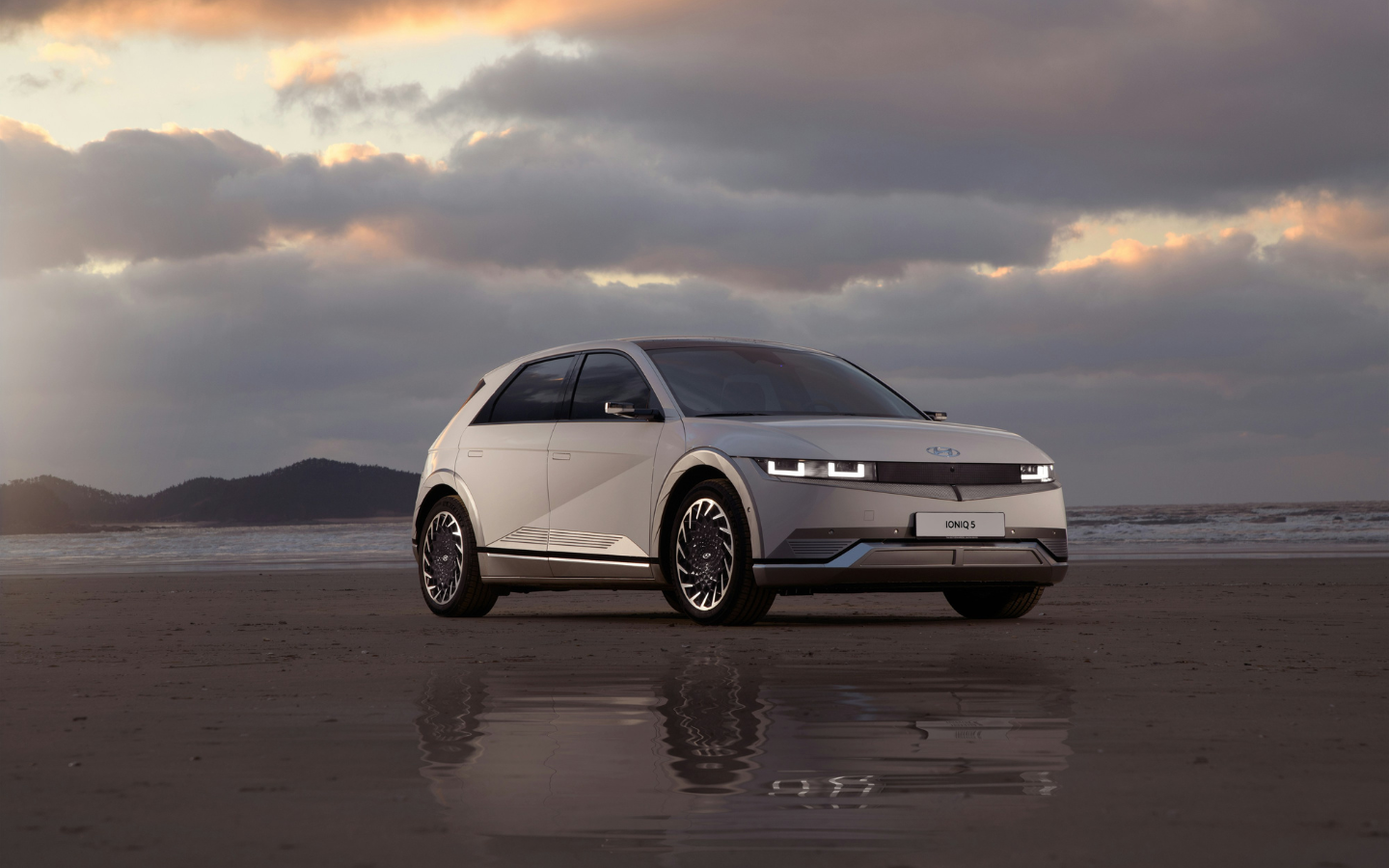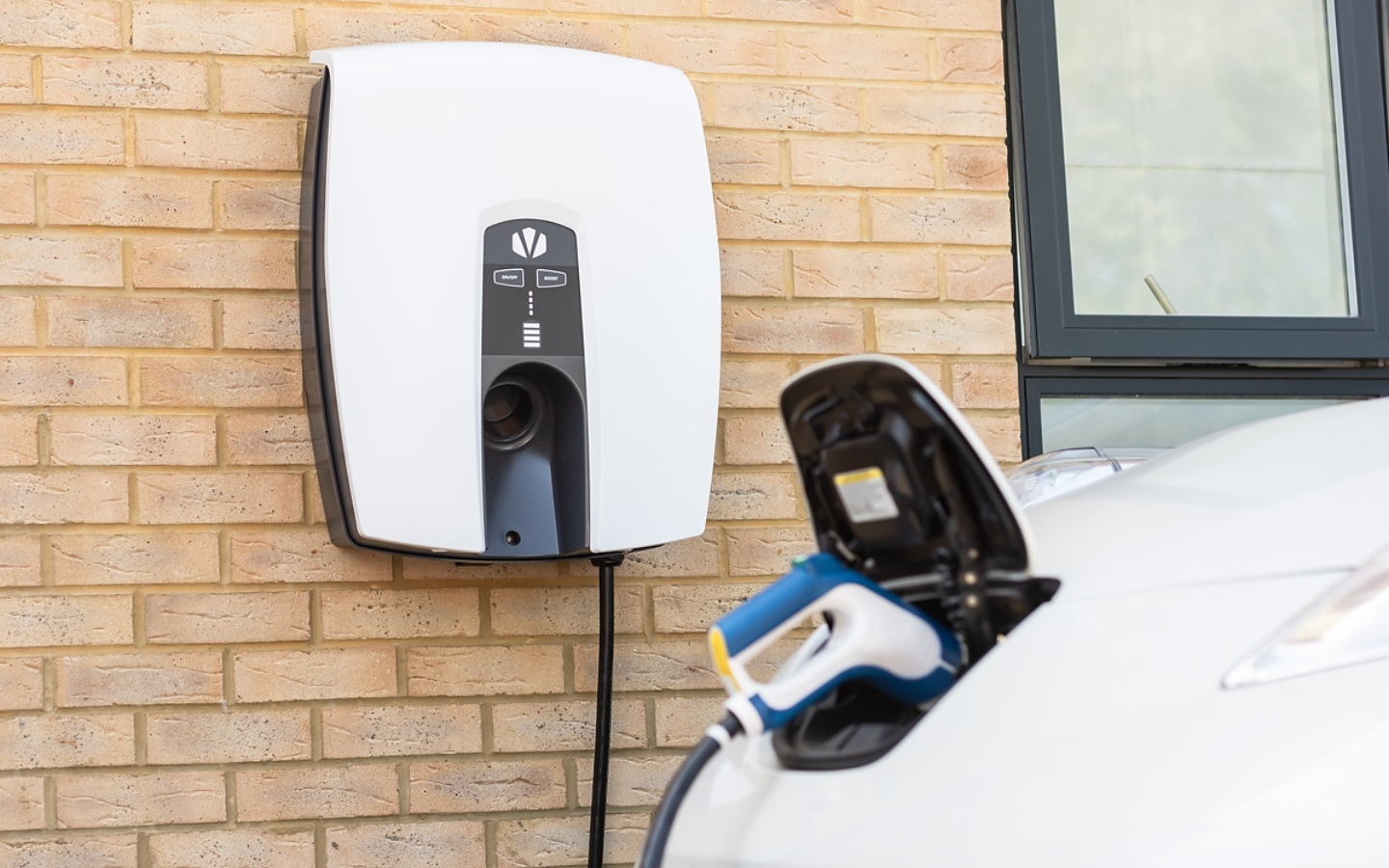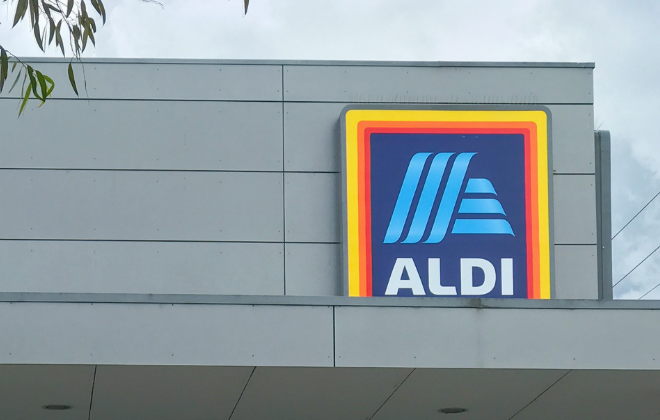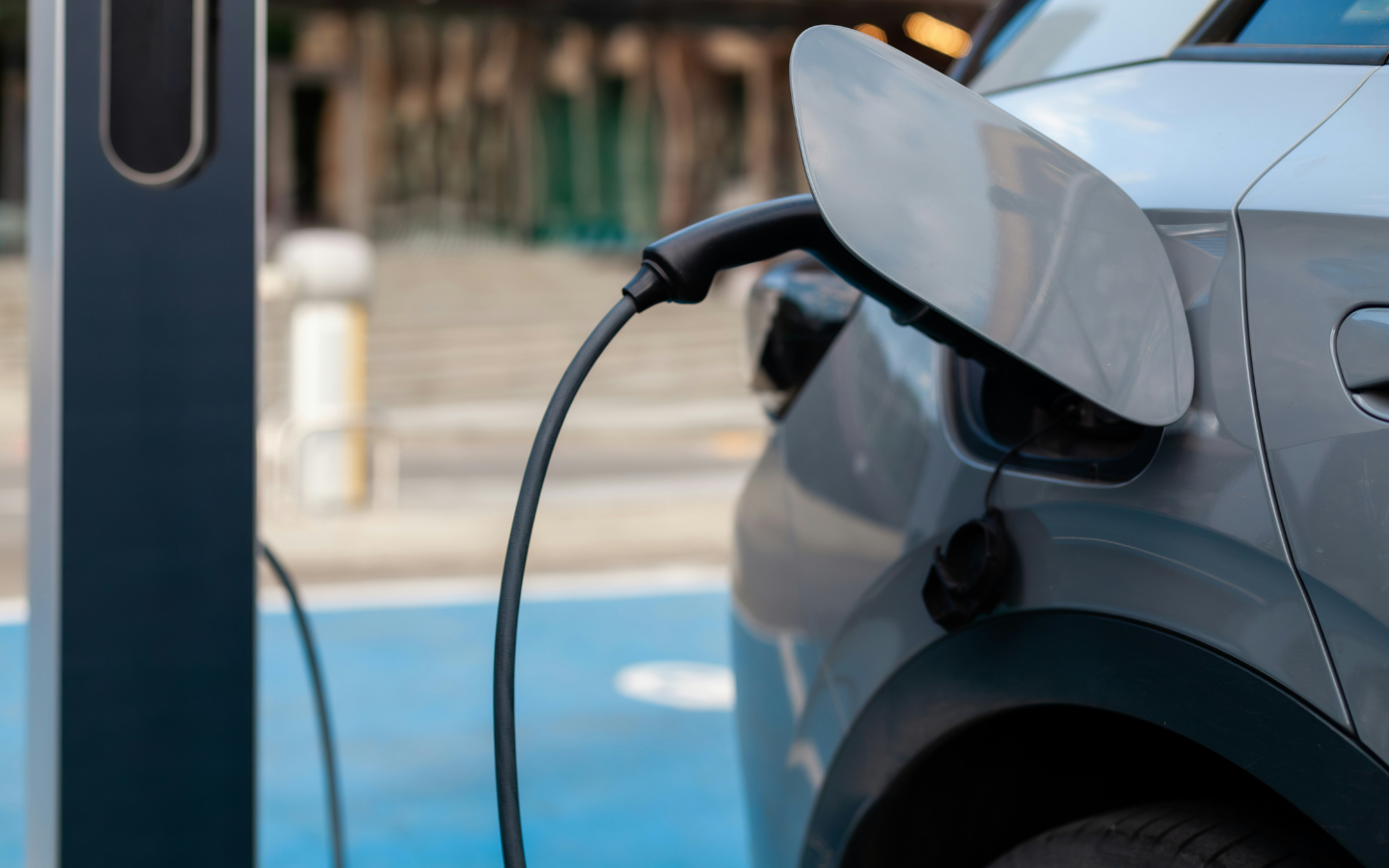

How to pay for electric car charging
On the surface, the EV charging process can seem more complicated than filling up a car with petrol or diesel. We find people constantly asking – how do you pay for electric car charging in the UK?
Depending on whether you are charging in public, at home, or at work, there are various ways to pay for charging your EV. In-app payments, RFID cards, and contactless debit card transactions – paying for electric car charging, especially in public, may seem complex to begin with.
We’re here to provide an in-depth guide to paying for electric vehicle (EV) charging. In this article, we explore the different payment methods available for electric car charging and weigh the pros and cons of each option to reduce the complexity of EV charging.
How to pay for public EV charging in the UK
The UK’s public charging network is growing rapidly. To date, there are around 87,168 public charging points, and this number continuously increases monthly.
In fact, several public charging networks now exist, with Mer Charging Network, InstaVolt, Pod Point, BP Pulse, and Tesla Supercharger leading the charge.
Because of the sheer number of providers and charging stations, public charging, therefore, has a wide range of payment methods, making it more complex than charging at home or work.
Below, we’ll review the various payment options for fast and rapid public charging.
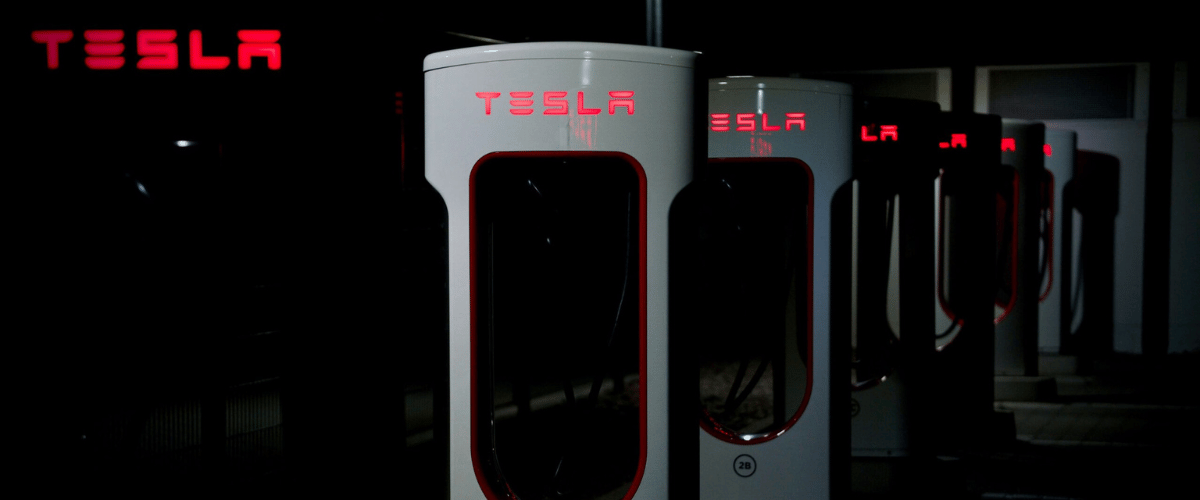
Payment methods for public EV charging
1. Contactless bank cards
Paying for public charging is simplest with contactless bank card payments—scan your credit or debit card at the reader to begin charging. Some charge point operators (CPOs) also accept Apple Pay, too.
Contactless payment methods require no subscriptions or memberships, offering added flexibility and convenience to those who simply want to top up and go.
That said, frequently using contactless payment methods can often cost more because there are no discounts from memberships or subscriptions that other payment methods offer. On top of this, the cost of installation is passed on to the customer, adding to the price.
While newer public chargers typically offer contactless payments, many older ones do not due to large installation costs. In the future, it’s likely this will change as government regulations now require all new rapid chargers to support contactless card payment functionality.
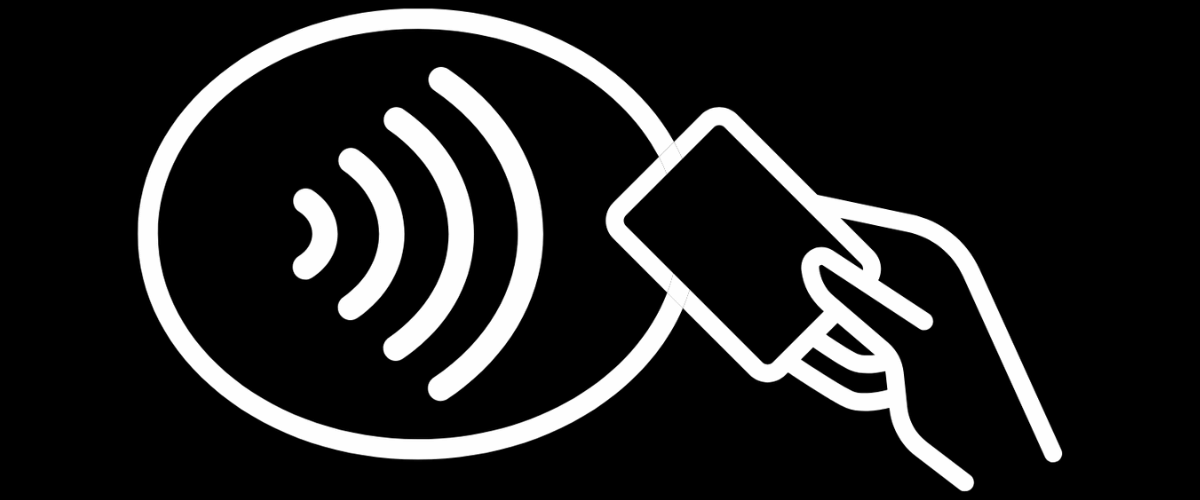
2. Pay via a mobile app
All public charging networks must offer pay-as-you-go access, typically requiring users to download their smartphone app and create an account for payment. On average, app payments cost less per kWh than contactless payments. The downside is that frequent EV travellers may find managing multiple apps and accounts for different charging networks inconvenient.
Further to this, some charging apps require you to load a minimum amount of credit onto your app to start, which may be frustrating for those unlikely to use the same network again. Apps do allow you to track your spending and monitor your charging usage, though, which can be useful to help plan and budget your charging expenses.
3. Use an RFID card or key fob
Using an RFID (Radio Frequency Identification) card or key fob issued by the charge point operator is another payment method for public EV chargers. Scan your card or fob at the reader to initiate billing to your account for simple public charging.
It’s important to note that each charging network usually requires its own RFID card or fob, meaning you cannot use a single fob or card across different networks. RFID card payments can therefore be frustrating if you use various charging networks, as you’ll need to have multiple RFID cards to hand.
To use this method, you must pre-register your RFID card and create an associated online account.
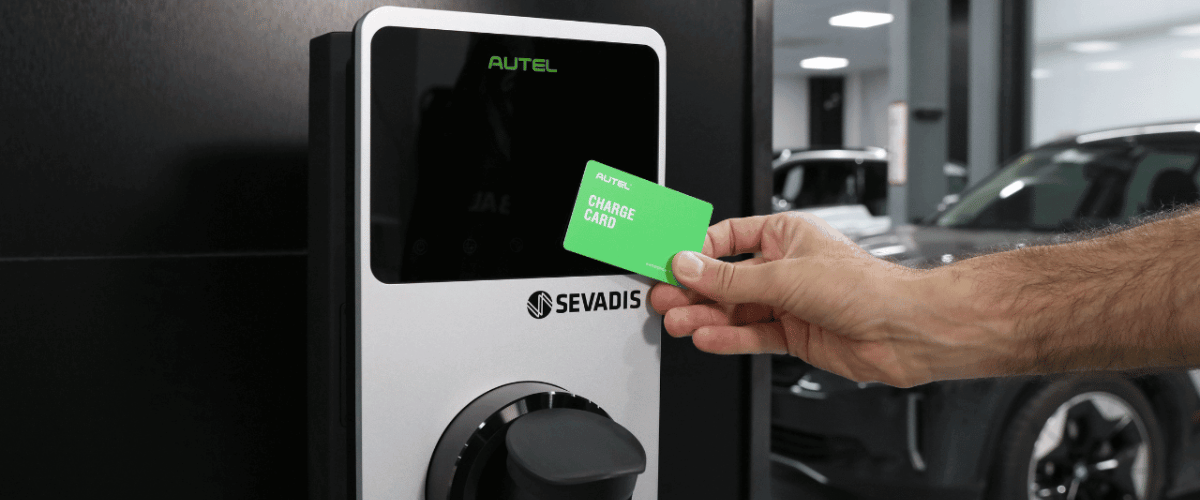
4. QR codes
Certain public charging networks allow you to scan a QR code with your smartphone to pay as you go at the charge point. Scanning the QR code takes you to a payment page to pay for and initiate the charge.
QR codes are convenient; you don’t need a dedicated RFID card or smartphone app to start charging. However, using a QR code for payment requires smartphone access and an internet connection, which may not be available to everyone, especially in rural areas.
5. Plug & Charge
Plug & charge was introduced by The International Organisation for Standardisation (ISO). The new legislation lets EVs automatically authenticate and start charging when they connect to a compatible charging station, so they don’t need manual authentication, cards, or apps.
The Plug & Charge technology requires both the electric car and the EV charging point to be plug & charge compliant, and the car needs to have a Plug & Charge certificate. Like those operated by IONITY, the charging station must support Plug & Charge.
The process involves an encrypted handshake between the vehicle and the charge point. The handshake ensures secure billing starts within seconds, offering a seamless plug-in and charge experience, so the driver does not need to interact physically or digitally.
Despite the limited availability of compatible EVs and charge points, Plug & Charge is expected to become a more common payment method for public charging points.
6. EV roaming services
EV roaming services like Octopus Electroverse and Zap-Pay offer access to an abundance of public charging networks with only one authentication or payment method, such as an RFID card or app.
In our opinion, EV roaming services are by far the most convenient way to charge your electric car in public. For one, you can charge your EV easily across different public networks so you won’t need to carry multiple cards or have multiple apps taking up space on your phone. Additionally, you tend to get discounts and perks. For instance, Octopus Electroverse provide exclusive discounts to charging prices wherever possible.
Zap-Pay
Zap-map is an excellent resource for EV drivers to locate charging points. With the introduction of Zap-Pay, users can now pay for their EV charging sessions directly through the Zap-map app, eliminating the need for multiple RFID cards or smartphone apps.
This integrated solution allows payment across many public charging networks. It provides live status updates during charging, access to charging history, and receipt downloads. And it does all this within one app. But, Zap-Pay does not yet support all public charging networks, though more are continually being added.
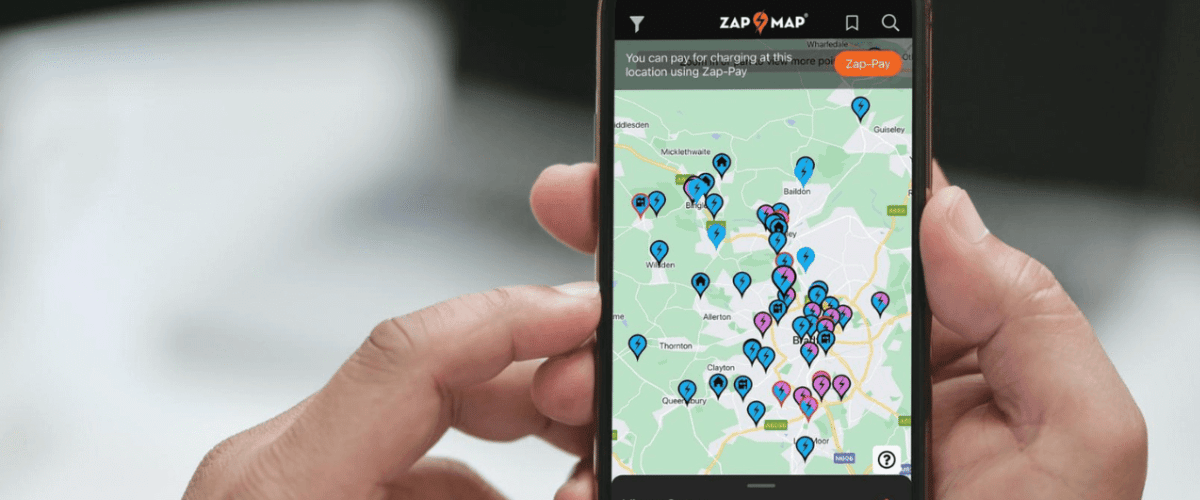
Octopus Electroverse
Octopus Electroverse simplifies public EV charging. It offers a single card and app to access and pay for charging at over 900,000 public charge points across various UK networks. This setup eliminates the need for many apps or cards.
Like Zap-map, the Electroverse app lets you locate nearby chargers, view charging history, and provide a monthly billing summary to monitor spending. But, not all public networks are available, though new ones are regularly added.
Discover everything you need to know about Octopus Electroverse.
Pay-as-you-go vs. subscription options – which is better?
At the core, public charging networks will always offer pay-as-you-go options. However, frequent users of a network might benefit from a membership as lower rates are provided for a monthly fee. Many UK charging networks and third-party providers have subscription plans tailored for regular EV drivers, maximising convenience and savings for heavy users of public EV charging stations.
These subscriptions usually involve a monthly or annual payment. In exchange, users get lower charging costs at select network locations.
Although pay-as-you-go is more flexible and may suit those who use various networks, it can be costlier than a membership or subscription.
Understanding the pricing of a charging session at public charging points
Public charging costs differ based on the charging network, charger type, location, and payment method. Typically, you’re billed per kilowatt hour, by time connected to the charger (usually by the minute), or at a flat rate.
How to pay for charging electric car at home
Charging your electric car at home will add the cost of the electricity used to your next electricity bill.
Charging your electric car with a home charger is the most reliable and convenient way to charge. If you are looking to get a home EV charger installed, get your free quote, or contact us for more information or any queries you may have.
How to pay for electric car charging points at work
Many employers have started installing workplace charging points, often providing free access as a staff incentive. These EV chargers are usually accessed via employee-specific RFID cards or apps, ensuring exclusive, free – or discounted – use for employees.
Typically, payments are made through RFID cards or apps linked to management software like Fuuse for easy management and simple transactions.
Do you have to pay for electric vehicle (EV) charging in the UK?
Generally, most public charging points in the UK require payment. But, free options are available in certain locations, such as certain workplace charging points that companies offer as incentives to their staff.
Summary of how to pay for EV charging stations
Understanding EV charging payments in the UK can feel overwhelming due to the various options available for public, home, and workplace charging.
How do I pay for EV charging? When it comes to how to pay for electric car charging in the UK, public charging stations luckily accept multiple forms of payment. These payment methods include: contactless cards, mobile apps, RFID cards, QR codes, or EV roaming services like Zap-Pay.
For frequent public charging networks users, subscriptions and memberships are offered to help save money.
The future of EV charging payments lies in plug & charge technology, where the car automatically gets billed upon connecting to the charge point – eliminating the need for manual authentication, cards, or apps.
In workplaces, charging can be either a free incentive or paid through apps or RFID cards.
Choosing the most convenient payment method is essential to have a smooth experience when you charge your car. Home charging stands out as one of the simplest options, as the charging cost is added directly to your home electricity bill without any hassle.
Interested in a home or workplace EV charger?
If you are looking to get an EV charger installed at your home, workplace or other, please click below to get your free quote, or contact us for more information or any queries you may have. Browse our market leading EV chargers and choose the best for you. From the intelligent Ohme ePod to the all-rounder VCHRGD Seven Pro.
